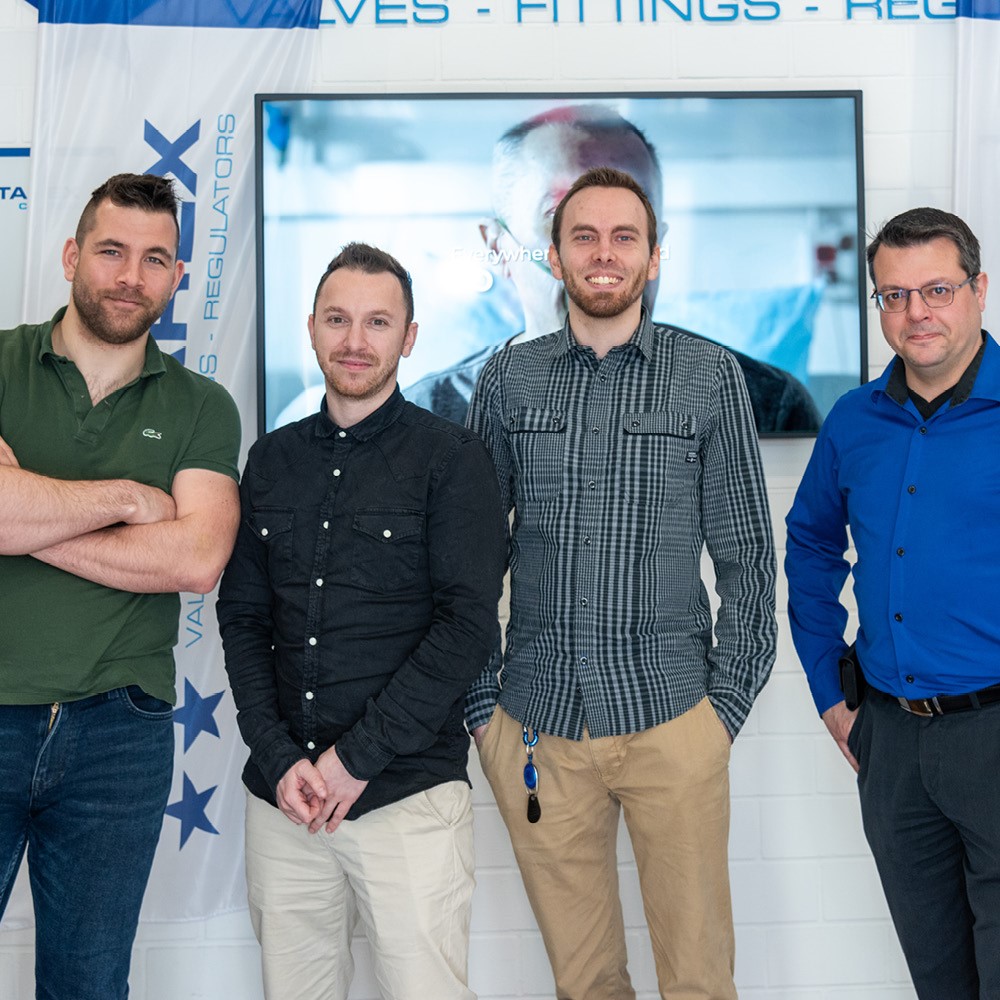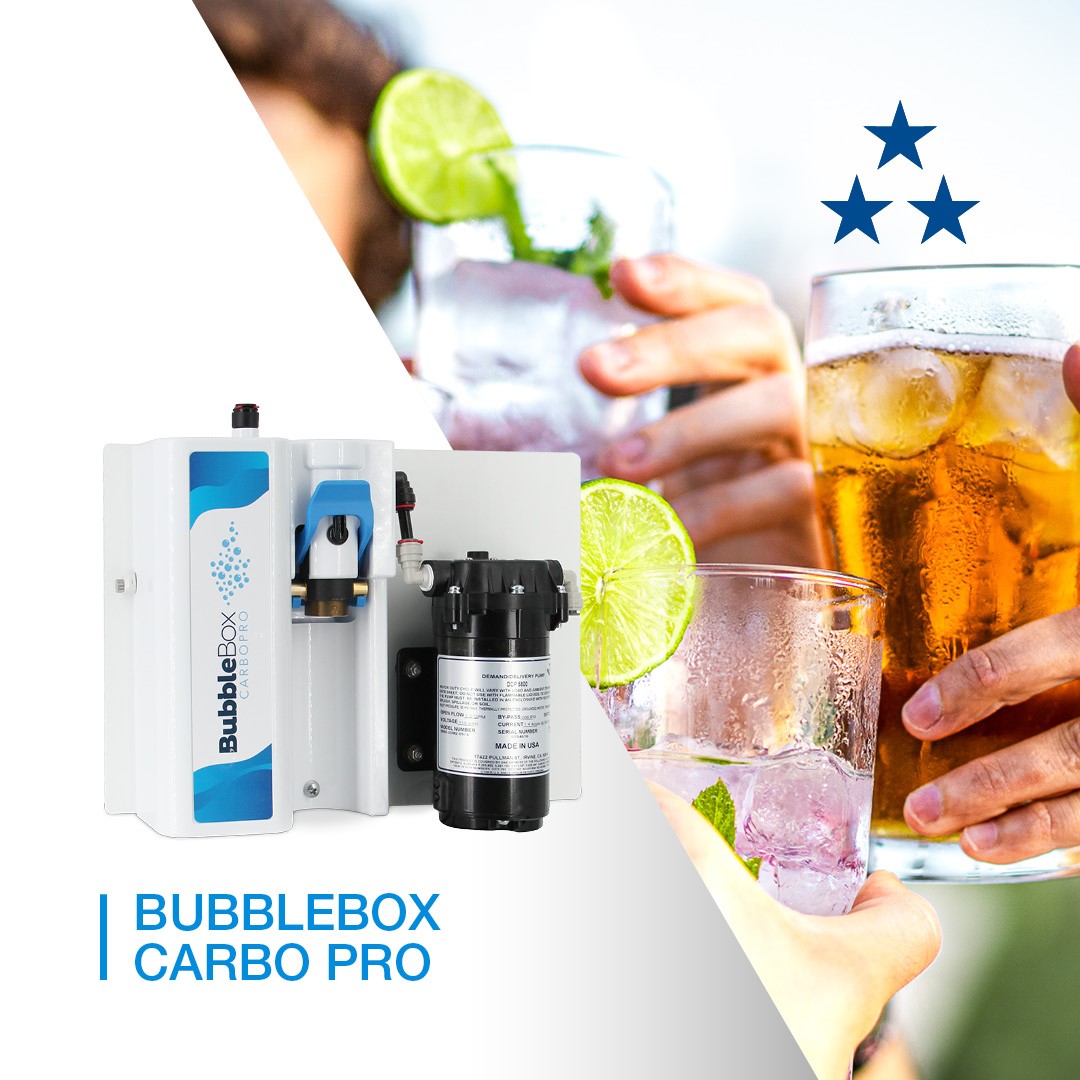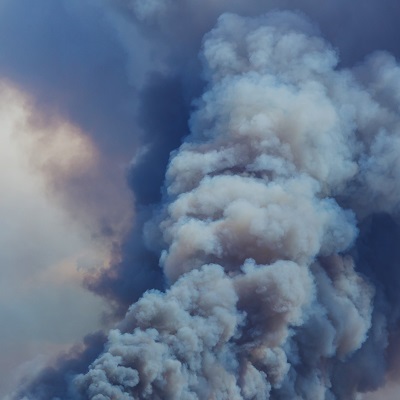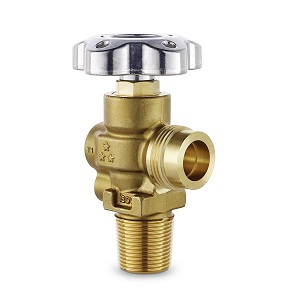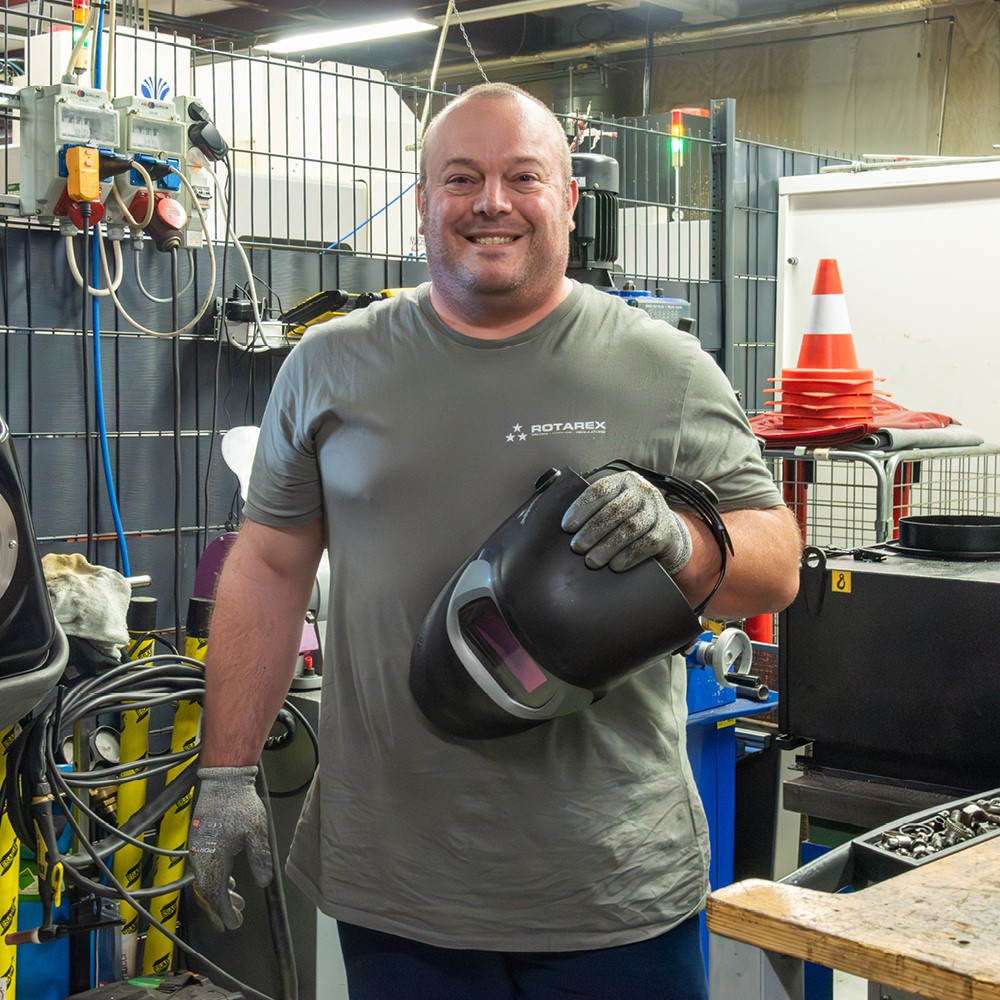Why choose RPV over traditional valves?
Traditional valves and residual pressure valves offer the same basic opening/closing functionality. However, an RPV protects the gas cylinder and its content from external contamination by retaining a small positive pressure inside the cylinder. In the hustle and bustle of the day, operators may neglect to close the valves. Usually stored outside, gas cylinders are exposed to temperature changes and humidity affecting their durability. The RPV acts automatically and prevents ingress of contaminants like moisture and particles.
By adopting this technology, you can enhance safety, extend the lifespan of your fleet from 10 to 15 years, save time by eliminating the need for purging, achieve better filling productivity and ultimately save money in the long run.
How it works?
When open, the valve allows cylinder contents to push the piston against spring resistance, enabling gas release. If the pressure in the cylinder drops below 1-5 bar, the spring's tension pushes the piston back to the valve seat, ensuring some residual pressure remains in the cylinder after the discharge process.
A specific adapter is needed for refilling. This adapter's pin pushes the piston, overcoming the non-return feature to let gas flow out. The non-return valve function itself prevents backflow of fluids into the cylinder from a higher-pressure source.
What advantages can you gain from choosing the latest Rotarex RPV technology?
Rotarex new patented RPV generation, with a higher Cv value up to 0.7, accelerates filling cycles, especially for liquid gases. Its RPD piston, with strokes up to 7.5 mm, enables larger openings for swift filling while maintaining residual pressure. This advancement allows for faster processing of more cylinders—filling a 10kg carbon dioxide cylinder now takes just 20 seconds.
Our RPV ensures universal compatibility with all existing connections and filling stations (even automatic ones), caters pressure up to 300 bar, and uses its enhanced flow capacity (Cv value up to 0.7) to speed up the filling process. It supports a variety of gases, including carbon dioxide (CO2), oxygen (O2), inert and mixtures, but also CNG, butane and methane applications.
The design adheres to EN ISO 10297-2014 and EN ISO 15996-2017 standards, surpassing typical cycles with tests up to 4000 and 200.000 respectively. Its compactness eases guard replacement, boosting efficiency. The customizable handwheel provides various color choices and branding options. Logos and company names can be added on request.
Ready for action?
Rotarex sales team provides an effective technical support to get the most out of your RPV. Connect with an expert in the below section.

